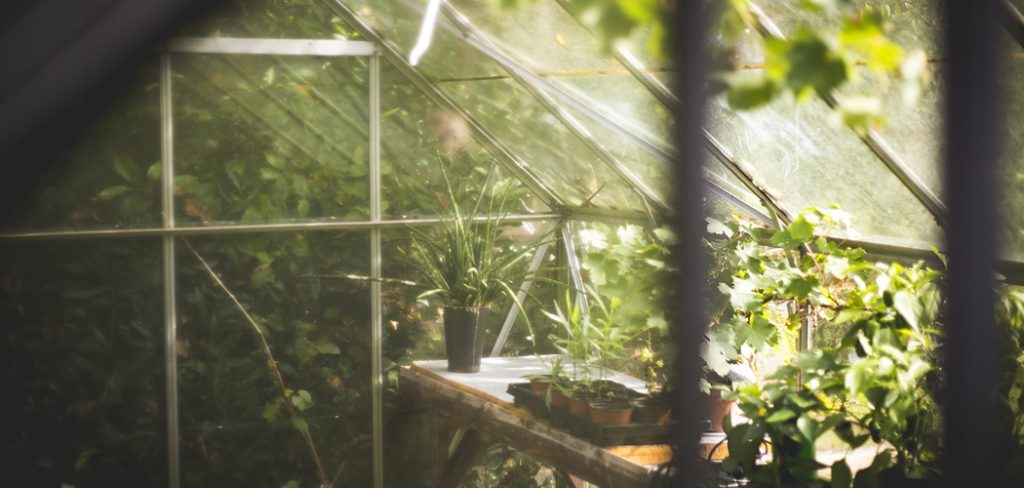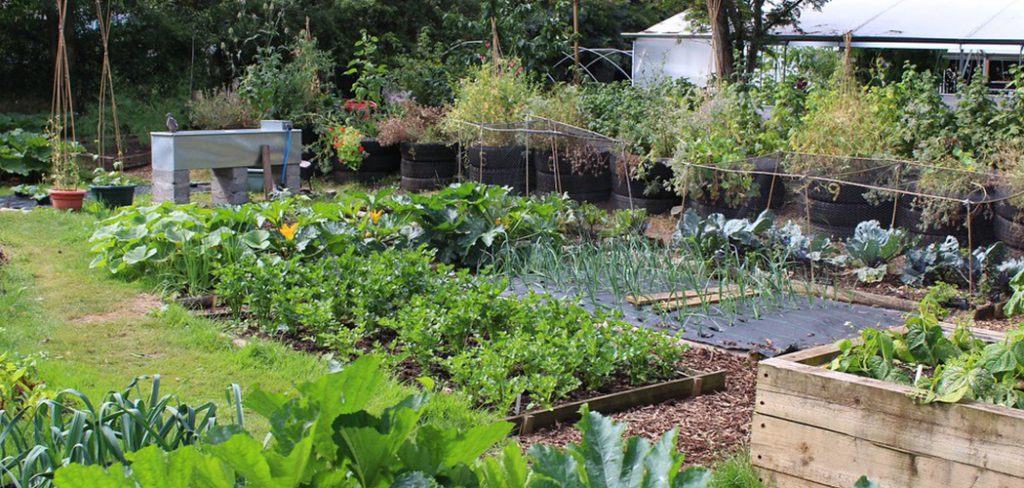Not all plants are friendly to those who touch them. Like every other living creature, plants have the tendency to grow in a variety of ways; that includes those that also end up actually being poisonous to people. Despite these factors to consider, plants that are poisonous are still sometimes planted by some people; mainly because of their ornamental value. An example is the oleander. The oleander is considered to be one of the most poisonous plants on earth. But because of its beautiful aesthetic, people still plant them. If you want to try cultivating and planting an oleander yourself, learning about things such as how to prune oleander will be one of the things you need to consider.
This plant is known for growing quickly, at a pace of one to two feet per year; this makes it a think plant to have. Since this is a poisonous plant, it is well-known for its toxicity.
Overgrown oleander
Plants tend to overgrow when they are not properly taken care of and maintained. They have differing rates of growth, and some grow faster than the others. For those who don’t mind having a plant that can grow at a pretty faster rate as compared to other plants; having an oleander can be a good idea. However, an overgrown oleander is also a common sight; especially when you do not have time to properly monitor the directions in which the plant grows.
The oleander is only poisonous when the stems and leaves or flowers of the plant are consumed or eaten by persons or animals. Thus, on its own, and without being eaten, oleanders are safe plants to have. This means that the oleander is really only for decorative purposes; its flowers and parts cannot be used for any dish nor eaten by any person.
The oleander is also prone to pests and certain diseases, like any other plant. Because of this, it is important to know the kind of pests that it may encounter, and how to control or eradicate them. For the oleander, they can become infested with mealybugs, soft scales, or oleander aphids. In order to avoid the destruction of your oleander due to infestations, spraying the infested parts of the plant with sprays that have oil insecticides is a good way to minimize the harmful effects of pests.
Oleanders also grow in different ways. If left unattended for long periods of time, they can tend to grow into bushes and shapes that tend to look overgrown. In these instances, it can be helpful to know certain skills that need to be done in order to cut the plant properly; this includes pruning and trimming.
How to prune oleander into a tree
Pruning oleander into a tree involves certain steps that require removal of some parts of the plant. Pruning in itself is the process of cutting and trimming off the top or overgrown portions of the oleander tree. The overgrowth can tend to grow in more than just one direction; this is why knowing what kind of shape and direction you want your oleander to grow in is an important prerequisite to pruning. The most advisable way to grow your oleander is to avoid growing it in clusters. The plant can tend to grow at fast rates, and if a lot of clusters start to grow, it can be difficult for the branches within to support the blooms.
The perfect time for pruning your oleander is during the time in which all the flowers and blooms have sprouted from the plant. Pruning should be done extensively; the oleander is known to grow at great and fast paces. The amount of plant that you should cut when it comes to the oleander is around half of the total foliage of the plant. This helps the branches support the weight of the leaves and flowers that remain on top; the growth rate of the oleander is faster than others.
Potted oleander care
Sometimes, you might not want to have an entire tree existing in your backyard; either due to lack of space or amount of time to properly maintain and take care of your plant when it is placed outdoors. For those who prefer having an indoor tree, or keeping a small tree inside; learning about potted oleander care will help you maintain the plant indoors. Sometimes, trees can grow in their own pots; that is why learning the varieties and different methods to each type is important.
To take care of a potted oleander, you need to first take note that this should be easier than caring for an oleander tree that grows outdoors. Despite placing the oleander in a pot or container, you still have to make sure that it gets proper sun exposure and water. The pots should be watered frequently in order to provide the oleander with adequate amounts of water. Another technique that most planters use in order to provide the proper nutrients for their plants is giving them fertilizers. Thus, for oleanders, the story is no different. Oleanders can grow better when they are given amounts of fertilizers to grow at a steady pace.
Conclusion
Plants can be poisonous at times, or harmless during other times. Since there are so many plants to choose from, you might be wondering what makes people choose plants that are poisonous? Plants like the oleander do have their own benefits; especially since they can grow much more easily as compared to other plants. But because they tend to grow at fast paces, they tend to overgrow; that is why learning about things such as how to prune oleanders is important to maintaining a beautiful plant.
Oleanders are poisonous only when eaten or consumed by the person or by an animal. So as long as the plant remains to be merely an ornamental or decorative plant; then whoever owns the plant should be safe, while having a good decorative interior piece. Oleanders can also be grown in pots and other containers that are smaller, and are even easier to take care of.

